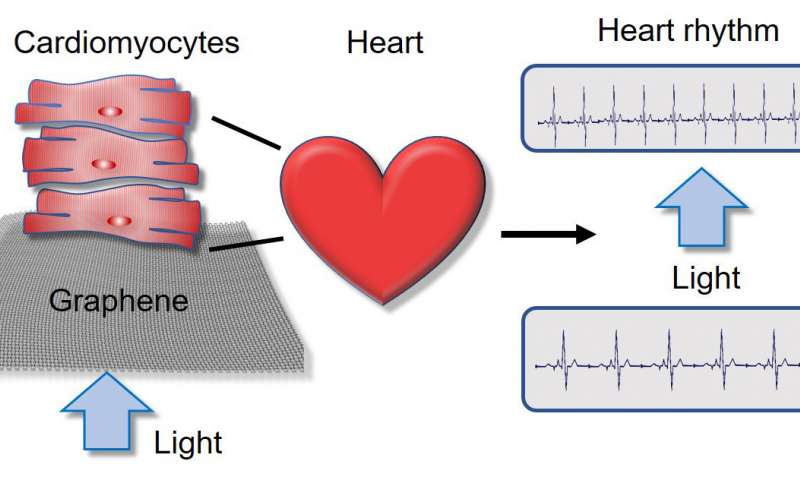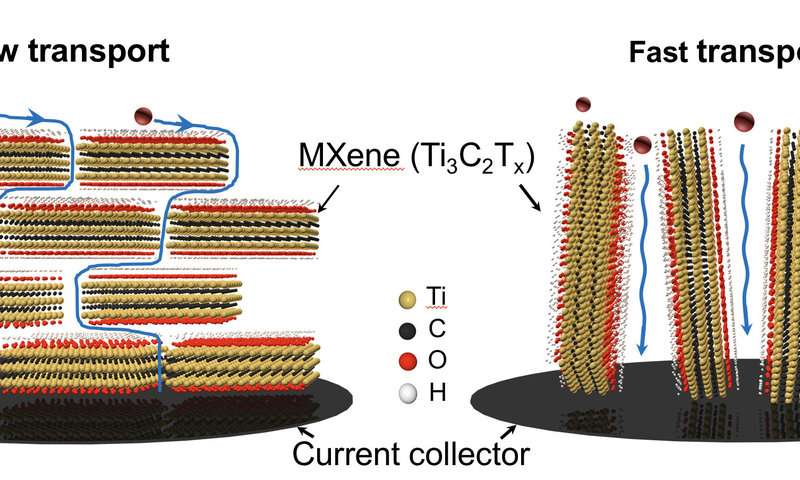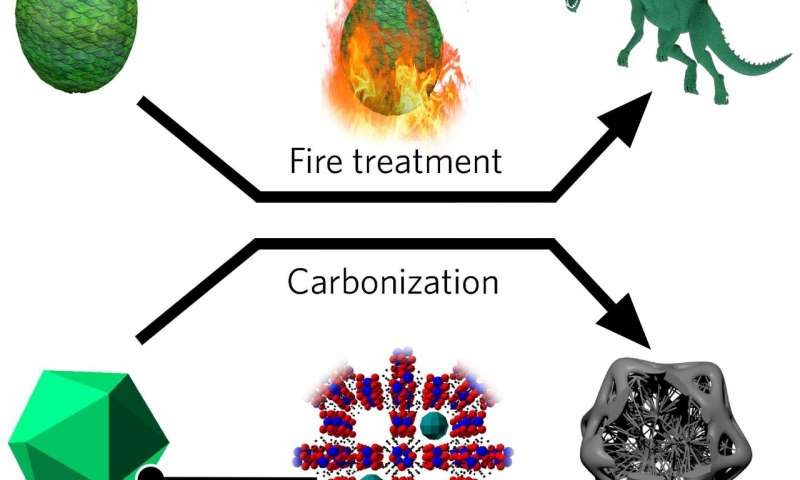Pancreatic cancer is expected to become the second deadliest cancer in the United States by 2030. It is tough to cure because it is usually not discovered until it has reached an advanced stage. But a new diagnostic test...
Researchers at University of California San Diego School of Medicine and their collaborators have developed a technique that allows them to speed up or slow down human heart cells growing in a dish on command—simply by shining a light...
It's great in the lab, but will it actually work? That's the million-dollar question perpetually leveled at engineering researchers. For a family of layered nanomaterials, developed and studied at Drexel University—and heralded as the future of energy storage—that answer...
X-ray spectromicroscopy at the Scanning X-ray Microscopy beamline (I08), here at Diamond, has been utilised to pinpoint chemically reduced iron and calcium compounds within protein plaques derived from brains of Alzheimer's disease patients. The study, published in Nanoscale, has...
A Columbia University-led international team of researchers has developed a technique to manipulate the electrical conductivity of graphene with compression, bringing the material one step closer to being a viable semiconductor for use in today's electronic devices.
"Graphene is the...
Northwestern University's Jiaxing Huang is ready to reignite carbon nanotube research. And he's doing so with a common chemical that was once used in household cleaners.
By using an inexpensive, already mass produced, simple solvent called cresol, Huang has discovered...
Researchers at Queen Mary University of London, University of Cambridge and Max Planck Institute for Solid State Research have discovered how a pinch of salt can be used to drastically improve the performance of batteries.
They found that adding salt...
Light detection and control lies at the heart of many modern device applications, such as the cameras in phones. Using graphene as a light-sensitive material for light detectors offers significant improvements with respect to materials being used nowadays. For...
University of Waterloo chemists have found a much faster and more efficient way to store and process information by expanding the limitations of how the flow of electricity can be used and managed.
In a recently released study, the chemists...
Researchers in Sweden have produced a bio-based material that is reported to surpass the strength of all known bio-based materials whether fabricated or natural, including wood and spider silk.
Working with cellulose nanofibre (CNF), the essential building block of wood...
When it comes to matching simplicity with staggering creative potential, DNA may hold the prize. Built from an alphabet of just four nucleic acids, DNA provides the floorplan from which all earthly life is constructed.
But DNA's remarkable versatility doesn't...


















